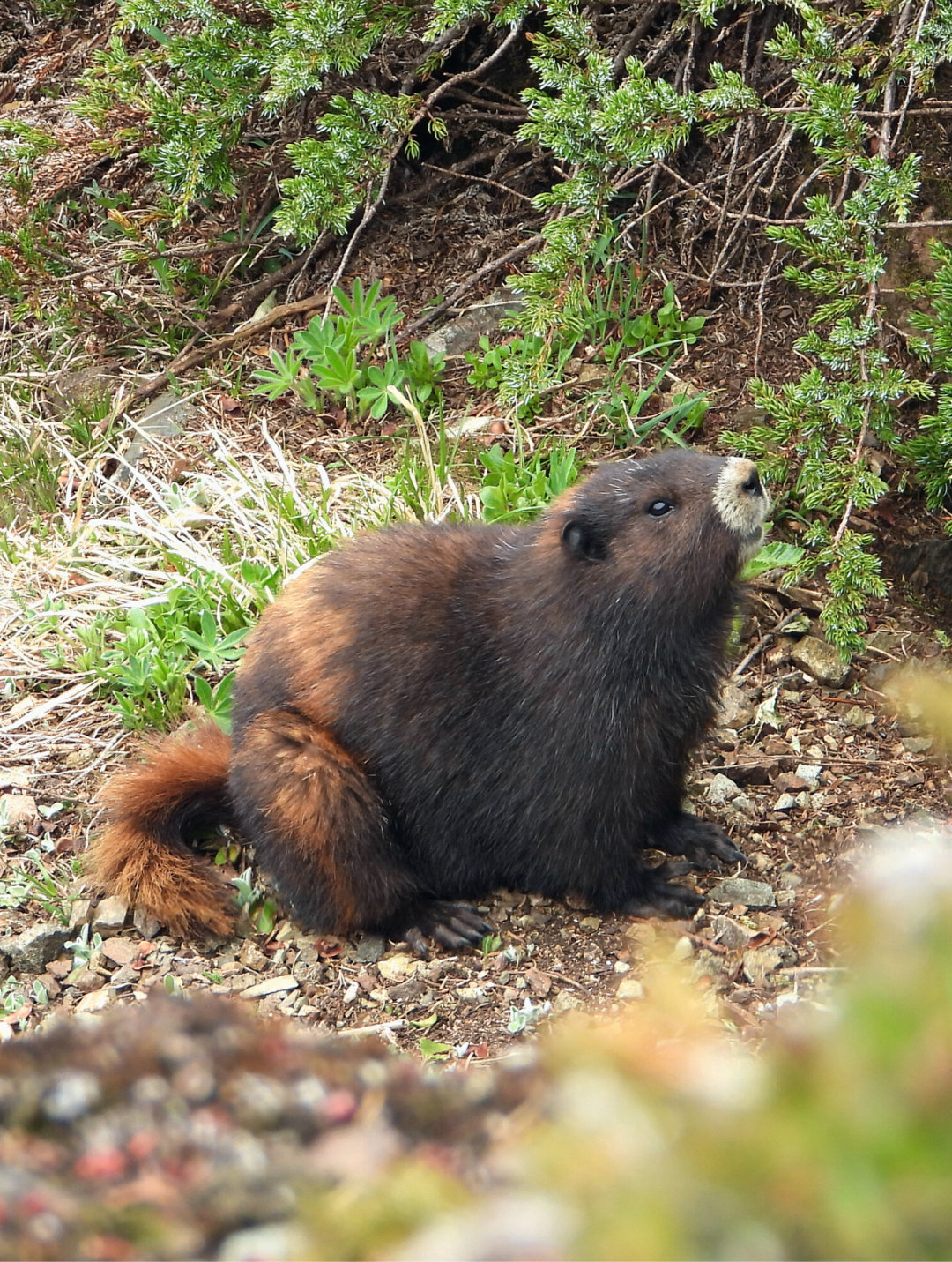Pekania pennanti
Fisher
An elusive creature that is mostly nocturnal, the fisher is the second-largest weasel in North America after the wolverine. The fisher is known as a highly successful land predator, but they are also very comfortable in trees and travelling amongst the canopies.
The situation
Bringing the fisher back home
The fisher lives in boreal forests across North America. In Canada, particularly in Alberta, the fisher population is estimated to be healthy and abundant. However, in Washington state, the species disappeared in the mid-1900s due to over-trapping and habitat loss. In the past, reintroductions have been a successful tool used to re-establish populations of fishers. Since 2008, our partners have been working to reintroduce the weasel-like fisher in the Cascade Mountain Range and Olympic Peninsula in Washington.
Photo Credit: Chase Gunnell / CNW
Our work
The Wilder Institute worked with partners to translocate fishers from Alberta to Washington. Fishers were captured by local trappers in Alberta and transported to the Wilder Institute/Calgary Zoo. At the zoo, the veterinary team provided health exams and equipped the fishers with transmitters before they are translocated. Additionally, while the fishers were in our care, the Wilder Institute research team collected data on their physical (age, sex, health condition) and behavioral (docility, personality) characteristics. The goal of collecting and analyzing this data is to understand how these characteristics impact the survival, dispersal, and reproduction of translocated fishers in the wild.
Our conservation impact
The reintroduction of fishers, members of the weasel family, to Washington will help fill a niche that has been empty for decades while restoring balance to the ecosystem. Our research on post-release survival will help inform future conservation efforts.
Did you know?
The fisher is not named after its ability to catch fish, but its name is derived from the word “fiche” a European word for a similar species, the polecat.
Fishers can turn their hind feet 180 degrees, enabling them to walk down a tree headfirst – a technique used for hunting porcupines.
Teamwork
We are grateful for the collaboration and support of the following partners in helping us restore fishers to Washington State.

